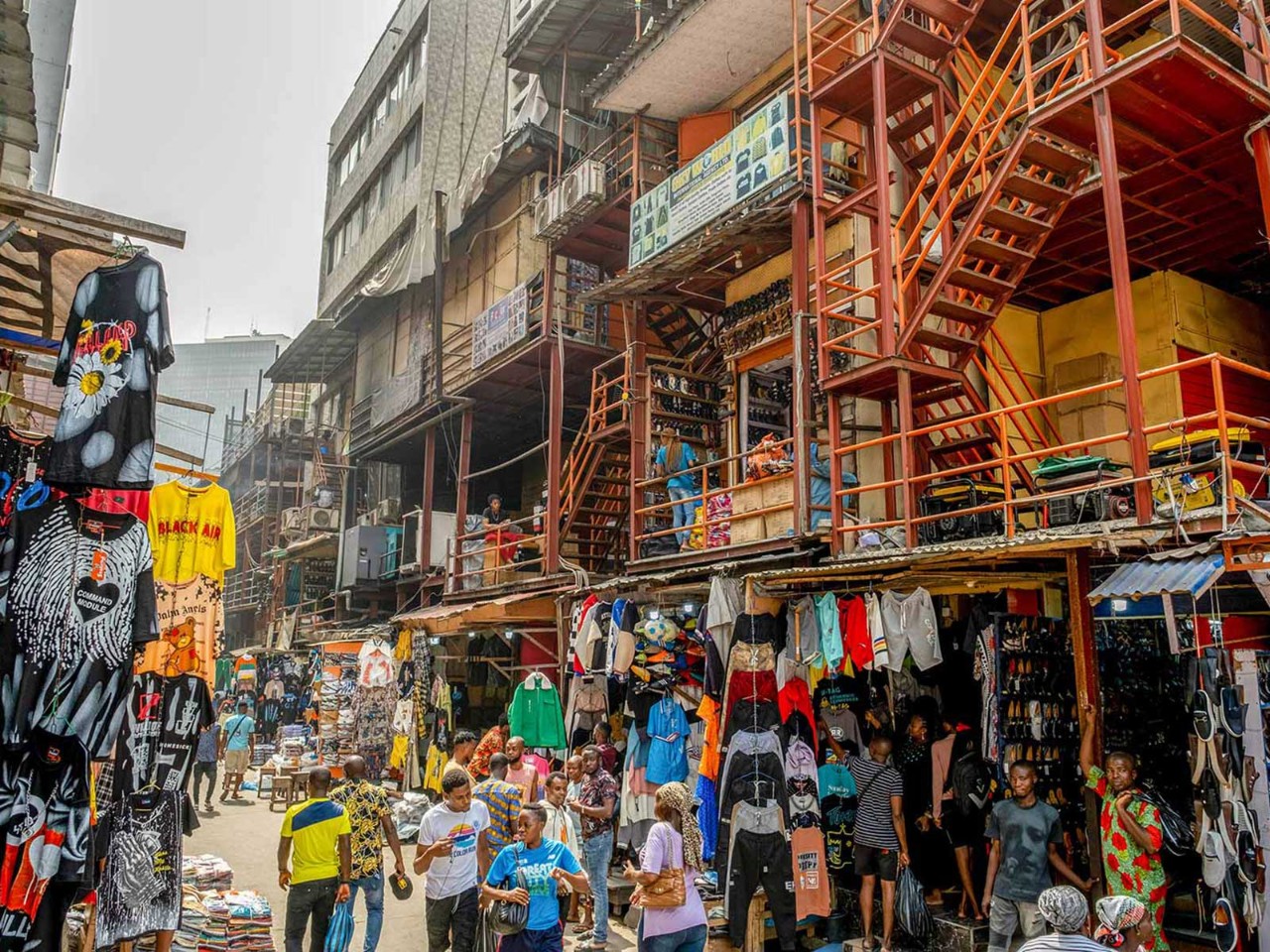
In early January, I was looking to book a flight from Abuja to Accra, a journey of less than two hours along the West African coast. As I searched, it dawned on me how few choices there were. Only two airlines offered direct flights between the two cities; all others involved stopovers and long layovers. Out of interest I began to look at connections between other African cities.
The exercise brought home to me how poorly linked the continent is. To fly from Abidjan in Nigeria to the Mauritius capital Port Louis, for example, I would need to go via Dubai or Paris. Likewise, a European airline going through Brussels offered the shortest way to cross from Kinshasa in the Democratic Republic of Congo to Praia in Cape Verde – making the trip on an African airline would mean a 45-hour journey with stopovers in three different countries.
This got me thinking – how can we trade with one another if we cannot even visit one another with ease? Can the African Continental Free Trade Area (AfCFTA), the one-year-old pan-African trade initiative, really succeed if connecting between countries on the continent is so difficult?

How can we trade with one another if we cannot even visit one another with ease?
Strategic partnership
So I was happy to read about the agreement signed in November 2021 between Kenya Airways and South African Airways to pool assets and work towards creating a single pan-African airline group by 2023. This strategic partnership will enable both companies to leverage each other’s networks and operational efficiencies to improve services to customers. The initial steps may include a codesharing agreement and shared services such as route networks and maintenance, but the arrangement will ultimately culminate in a single airline group operating from hubs in Nairobi and Johannesburg. It may help the two loss-making airlines achieve the efficiencies and economies of scale that will make them profitable.
Africa World Airlines has only eight planes. How can it compete against the hundreds-strong fleets of the non-African giants?
Such partnerships would be good for airlines across the continent. As it stands, most are simply too small, with insufficient operations to compete successfully in an industry with such high fixed costs. Ethiopian Airlines has the largest fleet in Africa but it numbers just 130 planes; Royal Air Maroc and Tunisair have about 100 planes each. Compare that with Emirates and British Airways, which have about 250 planes each, or Lufthansa’s 750 planes or Delta’s 800-strong fleet. Africa World Airlines, one of the two airlines with a direct Abuja-Accra flight, has just eight planes. How can such airlines hope to service a continent of 54 nations or compete against airlines from outside the continent?
Knife’s edge
Many African airlines, especially the government-owned ones, are loss-makers or on a knife’s edge between profitability and loss-making. There are several reasons for this, including the state of the African economy, poor management, competition from large foreign airlines and inability to enjoy economies of scale.
Cooperating will help African airlines overcome some of the drag they presently have from their small size, improving their efficiency and reducing their costs. This will enable them to offer more connections, make travel within the continent easier, and contribute to the development of Africa. Putting national differences aside and working together is critical to their survival. Kenya Airways and South African Airways have shown Africa the flight path to success.
More information
For more on Africa’s airlines, read ‘Poised for take-off’



